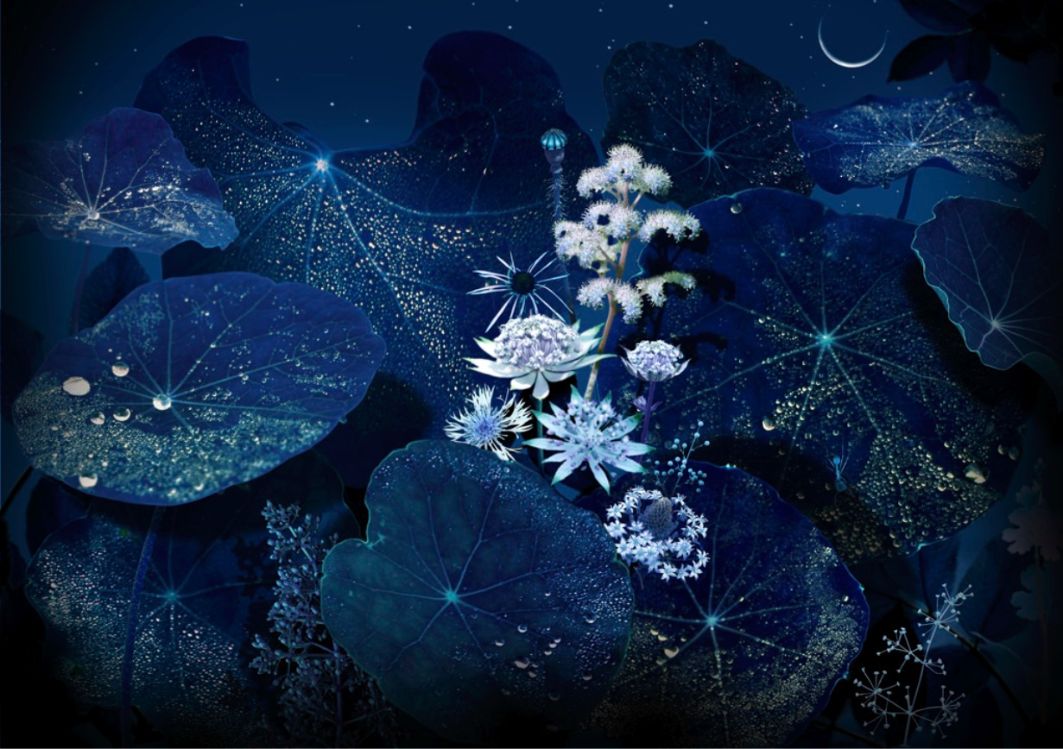Ruud van Empel’s style has evolved through an ongoing exploration of the tension between straight photography and digital technology. His images are digitally constructed from a composite of hundreds of diverse fragments taken from his own photographs. He digitally dissects and reconstructs photographs to create his works, as each leaf, stem, petal or branch are carefully collaged together to produce entirely new worlds.
Throughout his career, van Empel’s work has embraced a range of art historical references including Dutch Old Masters, German Renaissance painters and early photomontage artists. Floresta Negra #2, from van Empel’s latest series, embraces the delicacy and precision of Dutch vanitas paintings of the seventeenth century. At the same time, he adopts the opportunity for chance, celebrated by the avant-garde photomontages of the early twentieth century, bringing together disparate imagery into a single image. His working methods blend the techniques of painting, photography and collage; forcing his viewers to not only confront the problematic truth value of photography, but their own conceptions of the constructed and the ‘real’.
The series Floresta Negra presents synthesised, hybrid worlds, where looming flowers and oversized leaves become the focus of the compositions. Works take as their subject nocturnal forest scenes, eerily backlit by starlight or by glistening bioluminescence. Placing plants together that would not naturally coexist, van Empel also subtly alters the lighting and scale in his images in order to construct a variety of uncanny and impossible worlds.
Following in the romantic tradition, van Empel’s highly-stylised digital collages seek out the sublime, the subjective and stirring experience of the natural world, and therefore engage with a contemporary disenchantment with urban and technological realities
(By Thea Gregory)
